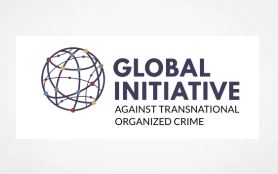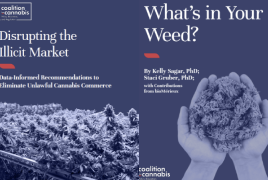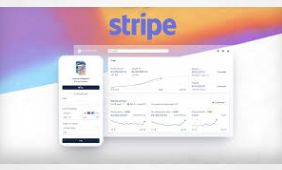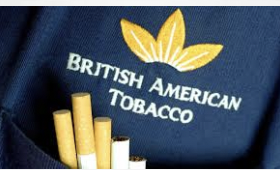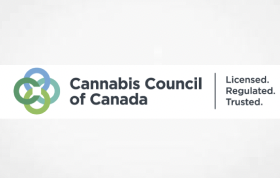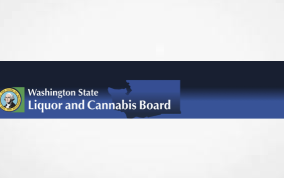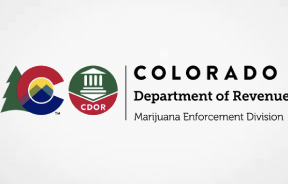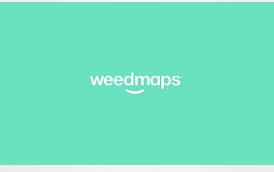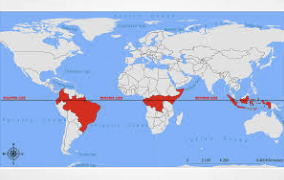Kateryna (name changed) is 45 and lives in Kyiv. Her brother Bohdan (name changed), 37, has been fighting the Russian army on the front line in eastern Ukraine for over a year. In late 2023, Kateryna received a call from a hospital in Dnipro. Her brother was in the emergency room, she was told. He was alive and relatively unharmed, but hysterical. He had overdosed on methadone.
The last thing Bohdan remembers is trying to save a wounded Ukrainian soldier by stopping the bleeding with tourniquets. He understood the futility of his attempts when the soldier fell to the ground and he was left holding only the soldier’s hands, which had been completely torn off from his body. Bohdan’s entire unit had been wiped out in a matter of days, he would later recall. He does not remember much after that, only that he went AWOL and sought drugs to help him cope. He knew exactly what to get, who to contact and how much the drugs would cost. ‘It’s really easy,’ he said. After all, Bohdan had used drugs before.
As indicated by the 2023 Global Organized Crime Index, Ukraine’s synthetic drug market has seen the largest increase of any drug market in the world. Between the 2021 and 2023 Indexes, the market grew by 4.50 points, largely as a result of the war. As with alcohol, drugs have become a huge problem on Ukraine’s front line, which stretches over 3 500 kilometres and is currently home to hundreds of thousands of fighters. Fieldwork by the Global Initiative Against Transnational Organized Crime (GI-TOC)’s Observatory of Illicit Markets and the Conflict in Ukraine reveals some key points about the extent of drug use on the Ukrainian front line.
First, drug use on the front line is widespread and growing. It usually starts with active or former drug users who are drafted into the army without proper medical screening and continue to find ways to support their addiction. Ignored and ostracized in some units, these soldiers quickly gain influence in others, becoming the go-to contacts for those seeking rest and recreation. There are a number of reasons why soldiers on the front line turn to drugs. Some soldiers use drugs as a means of escapism, some use them to get some rest after several sleepless nights under constant shelling. Others are simply bored. There are also those who use drugs to stay alert – you cannot close your eyes for even a second when the enemy is just a few metres away.
Second, the front line has become a profitable market for many people involved in the drug trade. Military personnel are paid more than the average civilian, and some troops are willing to spend the extra money on distractions – be it women, alcohol or drugs. This makes them an easy target for those involved in the drug trade – from locals growing marijuana in their backyards to organized groups looking to exploit the ‘wealthy’ fighters. These criminal groups are even moving their laboratories closer to the war zone to reduce transportation costs.
Third, there are a number of ways of transporting drugs to the front line. Small quantities are sent by post to nearby towns and villages, where they are stored for later sale. Larger quantities are often transported by volunteers – sometimes unknowingly – when they bring parcels and gifts from friends and relatives to soldiers, and by organized crime groups, who use bribes and protection from high-ranking military and police officers to get the drugs through the numerous checkpoints. Civilians are increasingly being recruited into the trade, such as taxi drivers, who help move and deliver narcotics, or even soldiers themselves, who may have old friends they can call for a cut. There are also hospitals where both legal and illegal drugs can be bought.
Fourth, drugs are often sold using online platforms, with the main distribution channel being the instant messaging service Telegram. The names of Telegram channels offering drug sales are written on walls and fences and outside shops. It is easy to find these channels, pay for the desired product and receive the details of the drop-off point. These days, if you are not satisfied with the product you receive, you can write a complaint or call a hotline. The system values its reputation, and it is straightforward and safe to use.
Finally, the drugs available on the front line are some of the cheapest. Heroin and cocaine have all but disappeared from the domestic market – down 1 and 2 points respectively since the 2021 iteration of the Global Organized Crime Index. The most popular drug is now cannabis, which can be found almost everywhere in Ukraine. However, synthetic drugs are on the rise and their impact is comparatively more pronounced, as evidenced by the high score for this market (8.0) in the 2023 Index, a dramatic increase from its 2021 score of 3.50. This increase of 4.50 points is particularly alarming when viewed alongside the continental average for Europe, where the synthetic drug trade increased by 0.40 between 2021 and 2023.
Read more + Charts / Graphs at
